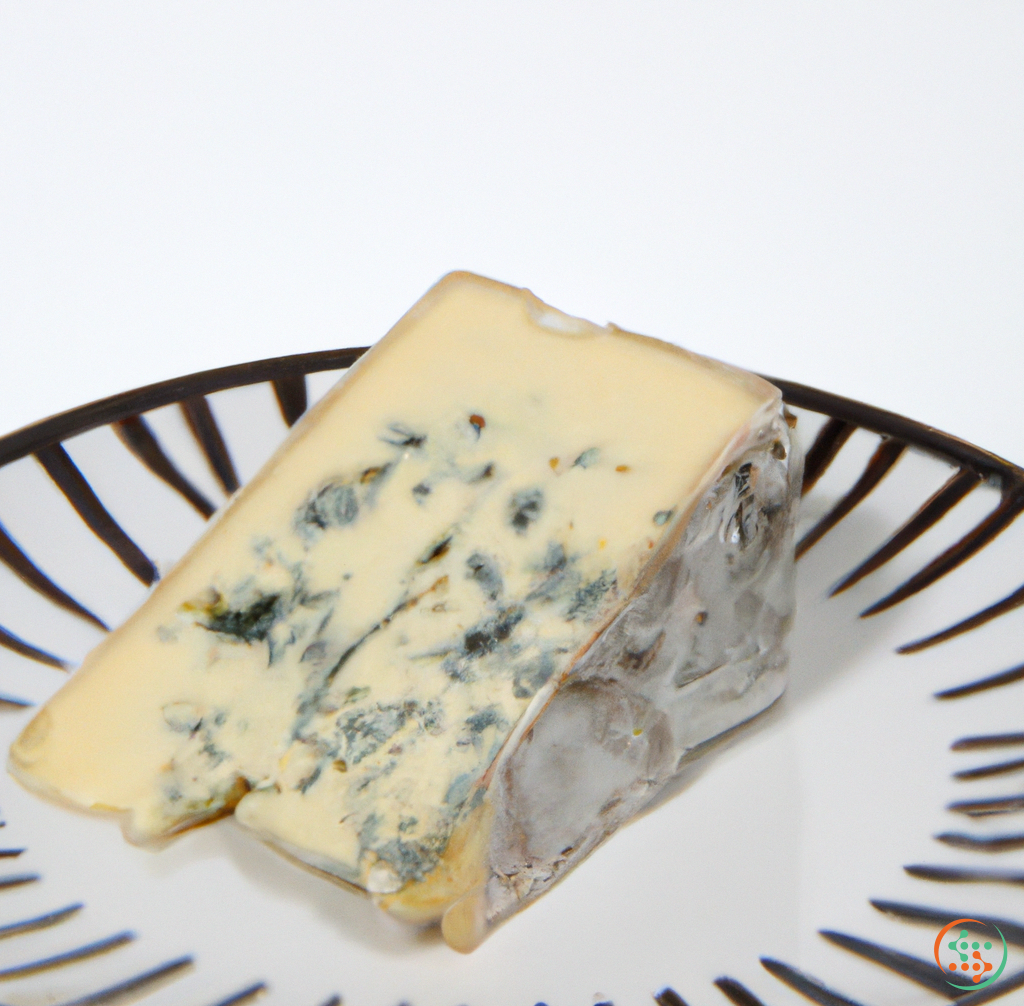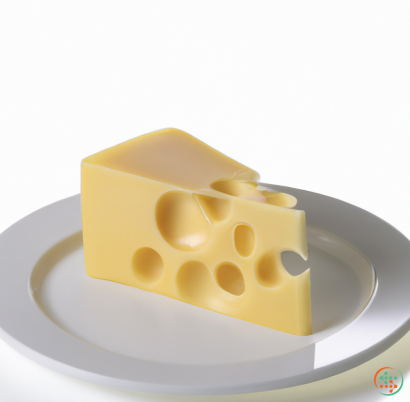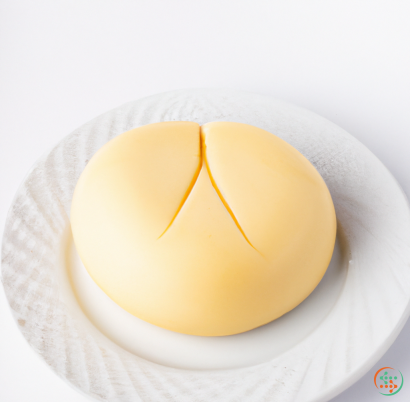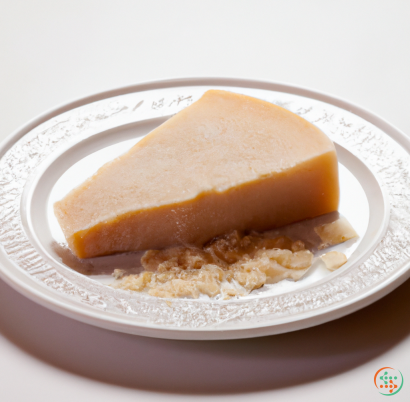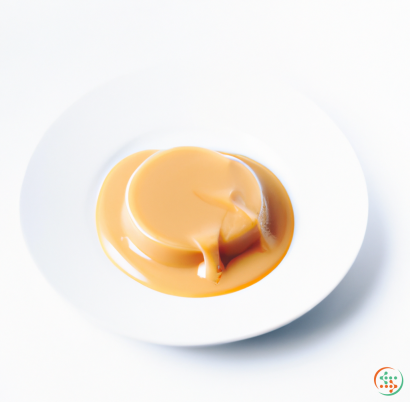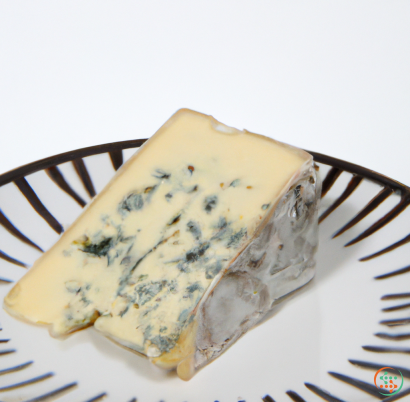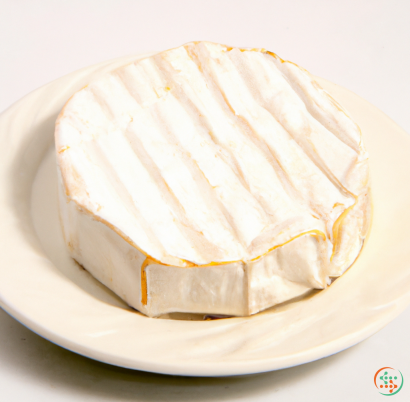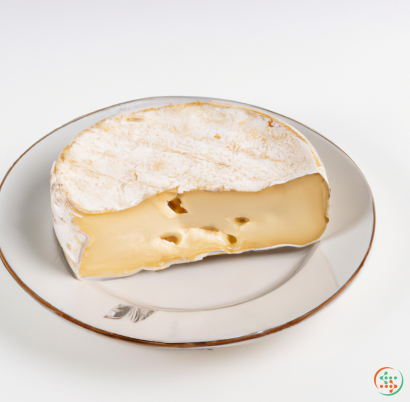Roquefort Cheese
In France, there is a style of cheese that is coveted and loved around the world. Known as Roquefort cheese, it is a creamy, crumbly, blue-veined cheese that has developed a following of cheese enthusiasts who cannot get enough of the aged flavor. Made from unpasteurized sheep's milk from the surrounding region of southwest France, this unique cheese is distinctive in its flavor, texture, and history.
At its most basic, Roquefort cheese is a strong, beautifully flavorful Provençal cheese with a consistency that ranges from creamy to crumbly. It also gets its distinctive blue color from the addition of Penicillium roqueforti, a type of mold that is indigenous to the region.
The cheese is produced in and around the small village of Roquefort-sur-Soulzon in the Aveyron district and, as a result, it has governmental protection with an AOC (appellation d’origine contrôlée) designation. To be labeled as AOC Roquefort cheese, it must come from the same area and be produced using the same traditional techniques that have been practiced for generations.
To create Roquefort cheese, sheep’s milk is painstakingly collected, taken to the factories, then ripened and treated with locally sourced salt and an ammonia solution before fermentation. Then, and only then, is the famous Penicillium roqueforti mold stirred in and the cheese left to age in specially built caves. The cheese is then aged anywhere from three to six months, creating a flavor and texture so complex, it’s almost impossible to replicate.
The flavor of Roquefort has been described by some as salty, piquant, and creamy, with a sharp edge. For others, it has a slightly sweet, buttery edge that comes from the unpasteurized milk used in its creation. The texture, too, is distinctly crumbly and pulls away from the palate in clumps of slightly salty bite-sized bits.
Roquefort cheese is a wonderful addition to a charcuterie board, melted over a juicy steak, crumbled into salads, or just eaten on its own. It pairs especially well with ripe, sweet figs, sweet walnuts, and a good crusty bread. It is also an amazing addition to any blue cheese dip or spread.
While other blue cheeses, such as stiltons, gorgonzolas and Danish blues, are popular among cheese aficionados, they cannot compare to the legendary Roquefort cheese. There’s something undeniably special about Roqueforts, and it looks like its popularity isn’t going away anytime soon. For cheese fans, this is great news since it means they can continue to enjoy a little bit of French history every time they sit down to enjoy a slice of Roquefort.
Roquefort Cheese: A Culinary and Scientific Journey from Creation to Dinner Plate
As one of the oldest known cheeses in the world, the Roquefort cheese has been enjoyed and debated for centuries in the culinary world. With a distinct salty and earthy flavor that sets this cheese apart, we thought it only right to take a deeper look at the process behind the creation of Roquefort cheese and how it arrives onto our dinner plates.
Roquefort cheese is one of the most highly regulated cheeses in the world, so to begin discussing this popular cheese, let’s start with the creation process. The cheese is made from sheep's milk from the robust Lacaune breed, found throughout the Auvergne region of France. After being collected in local farms, the warm sheep’s milk is strained—allowing for the pasteurization process to occur—and then left to settle. The whey and cream are then extracted and the resulting curds are piled, lightly salted, and left to age in underground caves.
It is the caves—traditionally Dolomite and limestone caves—that the cheese makers of Roquefort cheese have relied on for centuries that give the cheese its distinct flavor, aroma, and appearance. Historically, the Roquefort caves have remained a closely guarded secret, as the cheese makers rely on the unique environment of the cave to cultivate the fungus that gives Roquefort its signature tangy and earthy flavor. This fungus (Penicillium roqueforti) requires a particular temperature, humidity, and air circulation to properly grow, and because of the unique geology of the Auvergne region of France, the caves within this region are the perfect home for the fungus. Once the cheese has been aged in the caves, the pasteurized sheep's milk is then aged at an even temperature of 14°C-15°C, weighing between 8-9kg and ranging in age between 3-6 months.
After the cheese has aged to perfection in the caves, it is removed and sent to a nearby processor to be placed into its traditionally square, Pihilip mold. The molds help to keep the cheese unified and preserve its shape. The molds are then placed into saltwater baths for 12 hours, which assists in draining excess water and stops the cheese’s fermentation process. The saltwater baths give the Roquefort cheese a distinct taste and texture that separates it from other cheeses, with the main salt employed being sodium chloride.
Upon completion of the saltwater bath, the Roquefort cheese is wrapped in protective cloth that keeps moisture inside the cheese, then stored at controlled temperatures of -1°C to 0°C for a further 2-4 weeks. During this time the cheese matures and develops the unique flavor characteristics of Roquefort cheese. This process is important Ð as the introduction of oxygen bacteria or humidity can create significant changes in the cheese’s taste and texture. It adopted a specific label “Roquefort” as early as 1921 when legislation defined the territory of production: the comarcas of Roquefort-sur-Soulzon and its adjacent territories in the plateau of Larzac.
Once the maturing process is complete, the cheese is then placed in metal areas with raw air for a “drying” process, which helps to develop the cheese’s rind. Drying the rind ensures that the cheese received the proper level of humidity and that its fatty components are coated and hardened properly. This process also helps to protect the cheese from other external agents.
Once the Roquefort cheese is adequately dried, it is ready to be shipped and consumed! Traditional packaging often involve wax paper and its trademark green box, which helps protect and maintain the cheese’s flavor, aroma, and appearance. It is these measures that make Roquefort one of the most sought after cheeses in the world, as consumers know they can depend on a consistent product.
Now that we have looked at how the Roquefort cheese is carefully created and packaged, it’s time to consider how the cheese finds its way to your dinner plate. As any true cheese connoisseur knows, there are many ways Roquefort can be enjoyed, from enjoying a dollop of it on top of a salad or trying it as a delightful finish for a steak meal.
Cheese lovers are sometimes tempted to grab a wheel of Roquefort cheese from the store shelves, but before reaching for that supermarket version, we suggest spending time researching the authentic and carefully crafted Roquefort cheese made in France and served at esteemed restaurants. The flavor of such exemplary Roquefort cheese is unparalleled, as it has had lengthy cave-aging, made with traditional methods, and fuller flavor.
You may find a wide range of Roquefort cheese styles, including the classic and well-aged “Vieux Roquefort”, a milder and softer approach called “Carre de Laitue”, and “Vernier”, created using ewe's milk and white wine. There are also flavored versions featuring pepper, cognac, and even garlic, so take some time to find the right balance of flavor depending on the dish.
When it comes to Roquefort cheese, presentation is key as this cheese might overtake all other flavors featured in a dish. Serving Roquefort cheese on the side of an entrée allows the consumer to enjoy it completely, from the smell to the taste, so it doesn’t inadvertently overpower the other flavors of the meal. It is best to incorporate some portion - never too much - of this cheese with your meal, not instead of it. So, while slathering it onto crackers is tempting, using Roquefort as a garnish atop a nice slice of steak is a sophisticated and flavorful way to enjoy this distinctive cheese.
Once you’ve finally enjoyed the intense flavor of Roquefort cheese, take some time to appreciate the science and tradition that gave it life. Roquefort cheese is a powerhouse, from its ancient origins up until now, and its unique scientific process ensures its deliciousness every time.
| Vitamin A | 0.294 mg | |
| Vitamin B1 | 0.04 mg | |
| Vitamin B2 | 0.59 mg | |
| Vitamin B3 | 0.73 mg | |
| Vitamin B5 | 0.00173 grams | |
| Vitamin B6 | 0.12 mg | |
| Vitamin B9 | 0.049 mg | |
| Vitamin B12 | 0.64 ug |
| Calcium | 0.662 grams |
Daily Value 1.3 g
|
| Iron | 0.56 mg |
Daily Value 0.018 g
|
| Magnesium | 0.03 grams |
Daily Value 0.4 g
|
| Phosphorus | 0.392 grams |
Daily Value 1.25 g
|
| Potassium | 0.091 grams |
Daily Value 4.7 g
|
| Sodium | 1.809 grams |
Daily Value 2.3 g
|
| Zinc | 0.00208 grams |
Daily Value 0.011 g
|
| Copper | 0.03 mg |
Daily Value 0.9 mg
|
| Manganese | 0.03 mg |
Daily Value 0.0023 g
|
| Selenium | 0.0145 mg |
Daily Value 0.055 mg
|
| Tryptophan | 0.303 grams | |
| Threonine | 0.965 grams | |
| Isoleucine | 1.217 grams | |
| Leucine | 2.114 grams | |
| Lysine | 1.848 grams | |
| Methionine | 0.558 grams | |
| Cystine | 0.126 grams | |
| Phenylalanine | 1.023 grams | |
| Tyrosine | 1.012 grams | |
| Valine | 1.614 grams | |
| Arginine | 0.713 grams | |
| Histidine | 0.602 grams | |
| Alanine | 0.969 grams | |
| Aspartic Acid | 1.181 grams | |
| Glutamic Acid | 3.67 grams | |
| Glycine | 0.148 grams | |
| Proline | 2.089 grams | |
| Serine | 1.772 grams |
| Total Sugars | 0.131141 grams |
per 100g
|
| Caproic acid (6:0) | 0.66 grams |
|
| Caprylic acid (8:0) | 0.67 grams |
|
| Capric acid (10:0) | 2.16 grams |
|
| Lauric acid (12:0) | 1.3 grams |
|
| Myristic acid (14:0) | 3.25 grams |
|
| Palmitic acid (16:0) | 6.57 grams |
|
| Stearic acid (18:0) | 3.14 grams |
|
| Butyric acid (4:0) | 0.88 grams |
|
| Total Saturated fatty acids: | 18.63 g | |
| Oleic acid (18:1) | 7.46 grams |
|
| Palmitoleic acid (16:1) | 0.73 grams |
|
| Total Monounsaturated fatty acids: | 8.19 g | |
| Linolenic acid (18:3) | 0.7 grams |
|
| Linoleic acid (18:2) | 0.62 grams |
|
| Total Polyunsaturated fatty acids: | 1.32 g | |
| Cholesterol | 0.09 grams |
|
| Total Sterols: | 0.09 g | |
